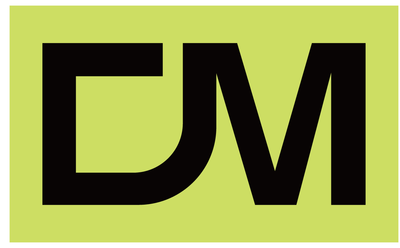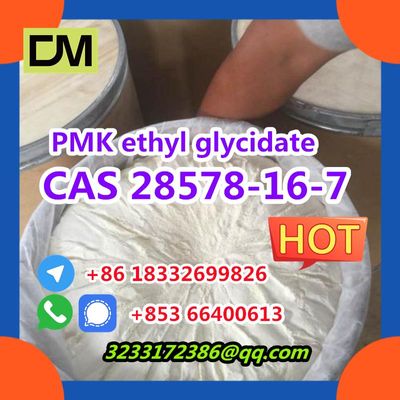

- Home
- Companies
- Demei Pharmaceutical Technology Co., ...
- Products
- Demei - Model CAS 94-09-7 - Benzocaine

Demei - Model CAS 94-09-7 - Benzocaine
Benzocaine (CAS 94-09-7) is a white crystalline powder that is commonly used as a local anesthetic. Its basic structure consists of a benzene ring attached to an ester functional group. This compound is sparingly soluble in water, but it dissolves readily in organic solvents such as ethanol and chloroform. Benzocaine has a melting point of around 88-90 degrees Celsius and a boiling point of approximately 310 degrees Celsius. It is a solid at room temperature and has a characteristic odor. Benzocaine, along with all other local anesthetics (LAs), acts as a coreceptor on voltage-gated Na+ channels with an IC50 value of 0.8 mM measured at +30 mV.
Benzocaine is primarily used as a topical anesthetic in various medical and dental procedures. Its mechanism of action involves blocking nerve signals in the area where it is applied, resulting in temporary numbness and pain relief. It is commonly used in products such as throat lozenges, cough drops, and topical creams for pain relief.
- Density: 1.1±0.1 g/cm3
- Boiling point: 310.7±15.0 °C at 760 mmHg
- Melting point: 88-90 °C
- Flash point: 164.2±17.9 °C
- Exact mass: 165.078979
- PSA: 52.32000
- LogP: 1.95
- Appearance: White crystalline powder
- Vapor pressure: 0.0±0.7 mmHg at 25°C
- Refractive index: 1.555
- Storage conditions: Store sealed and protected from light.
- Stability: Stable in the air, odorless and bitter. Alkaline. The color gradually changes to yellow when exposed to light.
- CAS: 94-09-7
- IF: C9H11NO2
- Molecular weight: 165.19
- EINECS: 202-303-5






